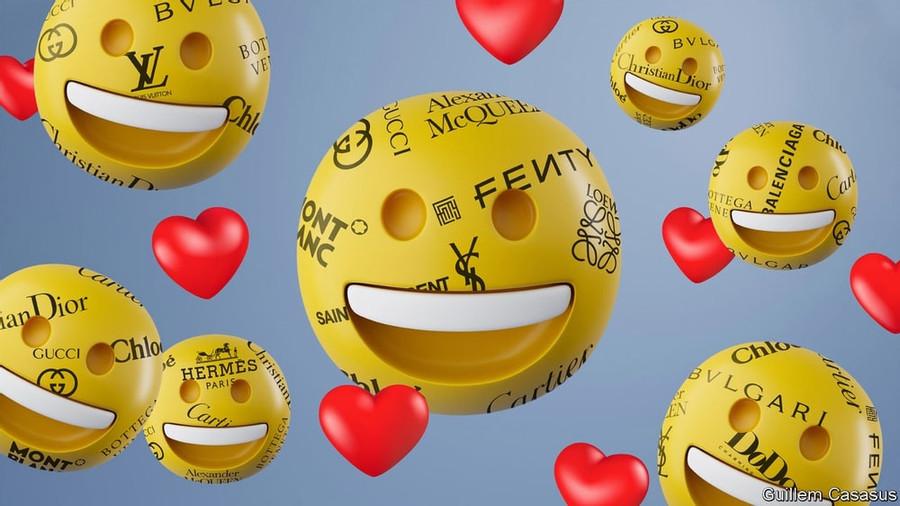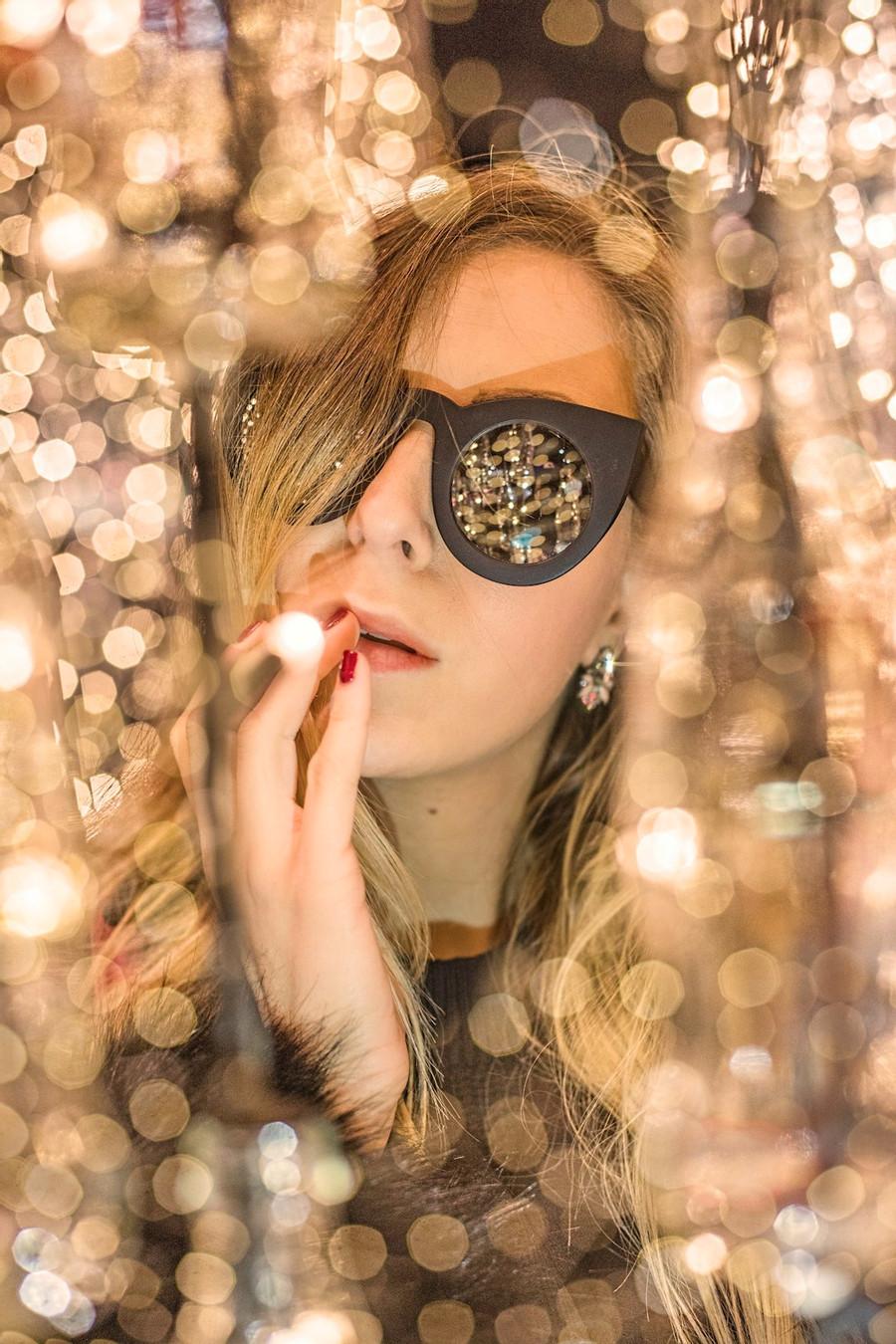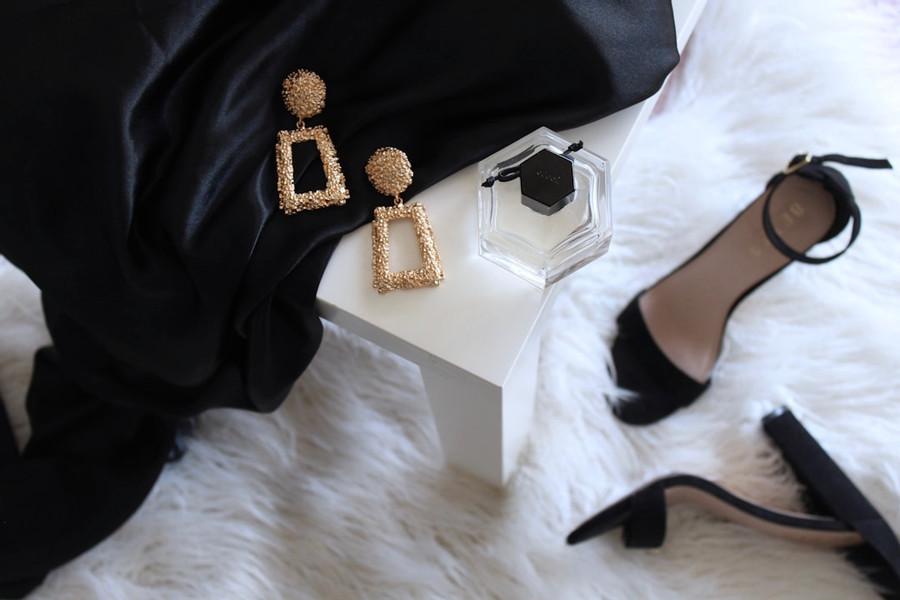The business of influencing is not frivolous. It’s serious
Curated from: economist.com
Ideas, facts & insights covering these topics:
7 ideas
·400 reads
2
Explore the World's Best Ideas
Join today and uncover 100+ curated journeys from 50+ topics. Unlock access to our mobile app with extensive features.
The Customer Strikes Back
Luxury brands used to speak in monologues. News about their latest collections flowed one way—from the boardroom, via billboards and editorial spreads in glossy magazines, to the buyer. In the age of social media, the buyers are talking back.
One group, in particular, is getting through to fashion bosses: influencers. These individuals have won large followings by reviewing, advertising and occasionally panning an assortment of wares. Their fame stems from the savvy use of Instagram, Snapchat and TikTok.
6
120 reads
The Age Of Influencers
For consumers, influencers are at once a walking advert and a trusted friend. For intermediaries that sit between them and brands, they are a hot commodity. For the brands’ corporate owners, they are becoming a conduit to millennial and Gen-Z consumers, who will be responsible for 70% of the $350bn or so in global spending on bling by 2025, according to Bain, a consultancy. And for regulators, they are the subject of ever closer scrutiny.
6
106 reads
The Influencer Industry
Few reliable estimates exist of the size of the influencer industry. One in 2020 from the National Bureau of Statistics in China, where influencers gained prominence earlier than in the West, estimated its contribution to the economy at $210bn, equivalent to 1.4% of GDP. As with many things digital, the pandemic seems to have given it a fillip, as more people were glued to their smartphones more of the time.
6
34 reads
How Luxury Brands Use Big Stars
The influencer ecosystem is challenging the time-honoured tenets of luxury-brand management. Apart from being one-directional, campaigns have tended to be standardised, unchanging and expensive. An exclusive group of white actresses with the right cheekbones was supposed to signal consistency, as well as opulence. The same smile from the same photograph of the same Hollywood star would entice passers-by to purchase an item for many years. Julia Roberts and Natalie Portman have been the faces of Lancôme’s bestselling La Vie est Belle perfume and Miss Dior, respectively, for a decade.
6
37 reads
Authenticity Vs Timeless Glamour
Star-led campaigns can feel aloof to teenagers and 20-somethings who prize authenticity over timeless glamour. And influencers, with their girl- or boy-next-door charm, offer this in spades—for a fraction of the fee of a big-name star. The best ones are able to repackage a brand’s message in a way that is harmonious with their voice, their followers’ tastes and their platform of choice (Instagram is best for all-stars with over 2m followers and TikTok for niche “micro-influencers” with up to 100,000 followers and “nano-influencers” with fewer than 10,000).
7
34 reads
Influencers And Online Algorithms
Influencers are particularly adept at navigating social-media platforms’ constantly evolving algorithms and features. For example, when Instagram’s algorithm seemed to begin favouring short videos (“reels”) over still images, so did many influencers. As social-media apps introduce shopping features, influencers are combining entertainment and direct salesmanship.
6
37 reads
Playing The Digital Game
Some luxury houses are leery of influencers.
Hermès, the French purveyor of scarves and Birkin bags, maintains a social media presence that is conspicuously influencer-free. But more feel the benefits outweigh the costs.
Despite Louis Vuitton’s and Gucci’s live-streaming flops, lvmh and Kering, the brands’ respective owners, continue to rely on influencers to create social-media momentum.
To be a top-ten brand, you have to know how to play the digital game. If you don’t, you are not going to be top ten for very long.
6
32 reads
IDEAS CURATED BY
Jonathan Cooper's ideas are part of this journey:
Learn more about business with this collection
How to create a strong portfolio
How to network and market yourself as a designer
How to manage time and prioritize tasks
Related collections
Similar ideas
8 ideas
11 ideas
10 Golden Rules Of Personal Branding
forbes.com
Read & Learn
20x Faster
without
deepstash
with
deepstash
with
deepstash
Personalized microlearning
—
100+ Learning Journeys
—
Access to 200,000+ ideas
—
Access to the mobile app
—
Unlimited idea saving
—
—
Unlimited history
—
—
Unlimited listening to ideas
—
—
Downloading & offline access
—
—
Supercharge your mind with one idea per day
Enter your email and spend 1 minute every day to learn something new.
I agree to receive email updates







